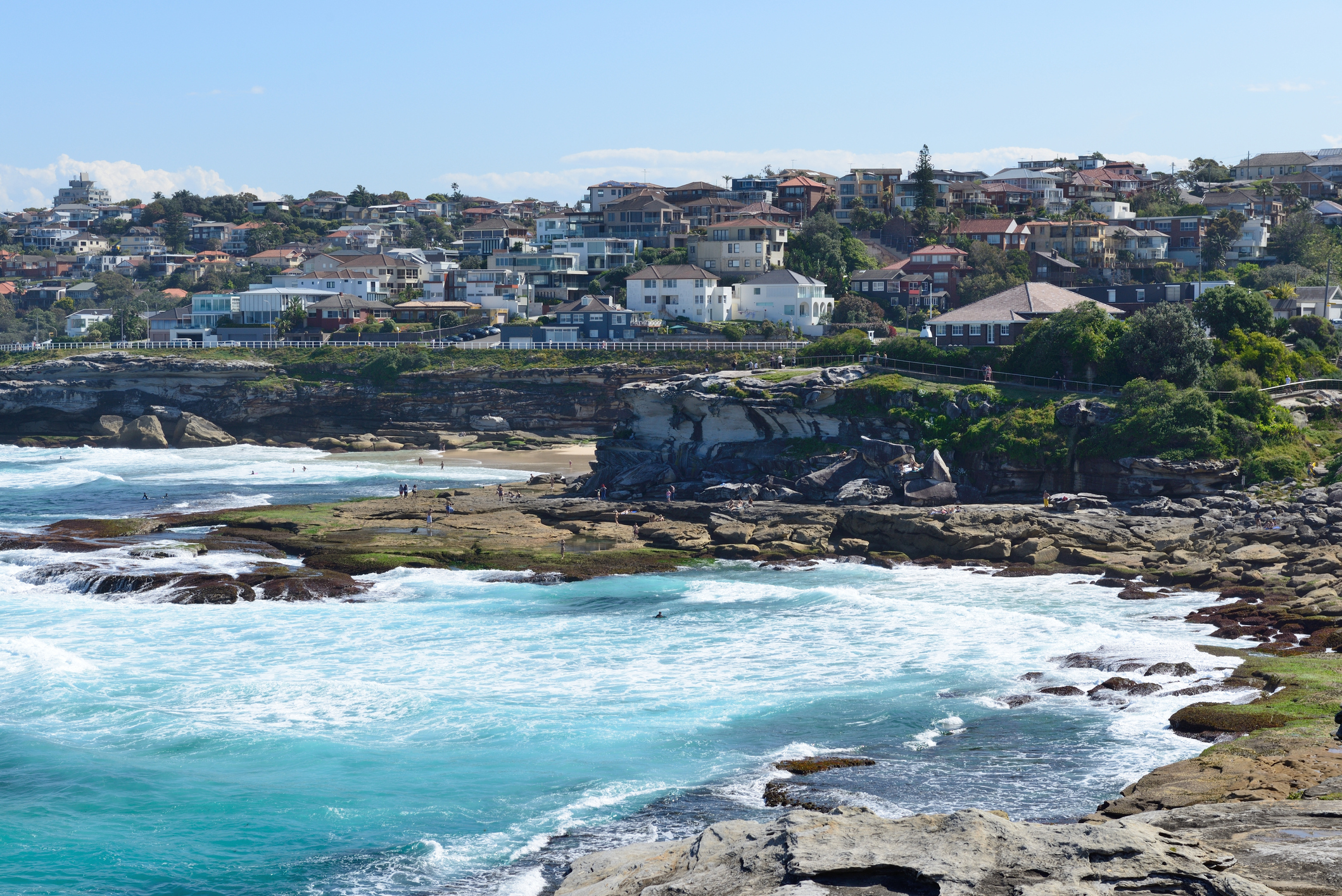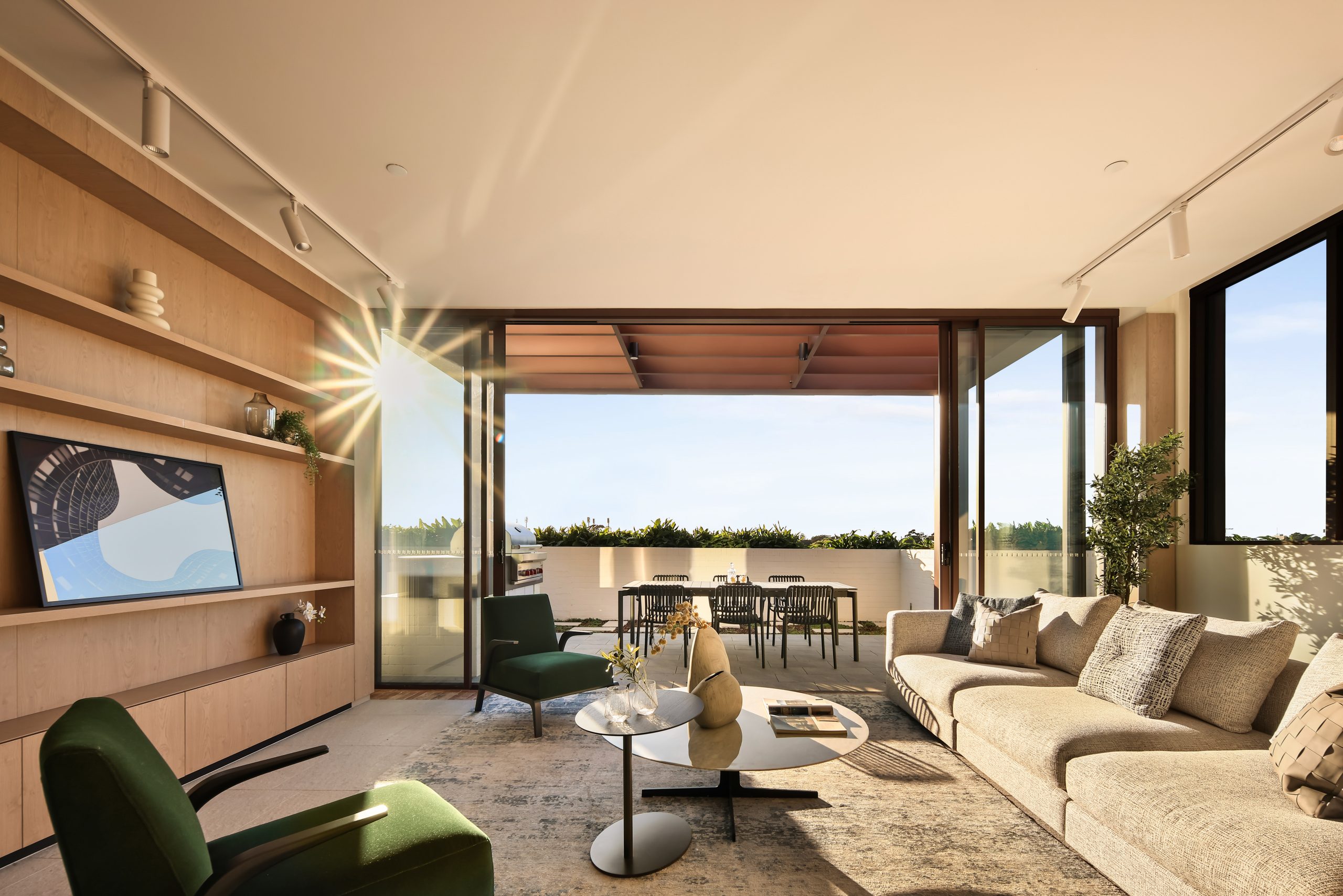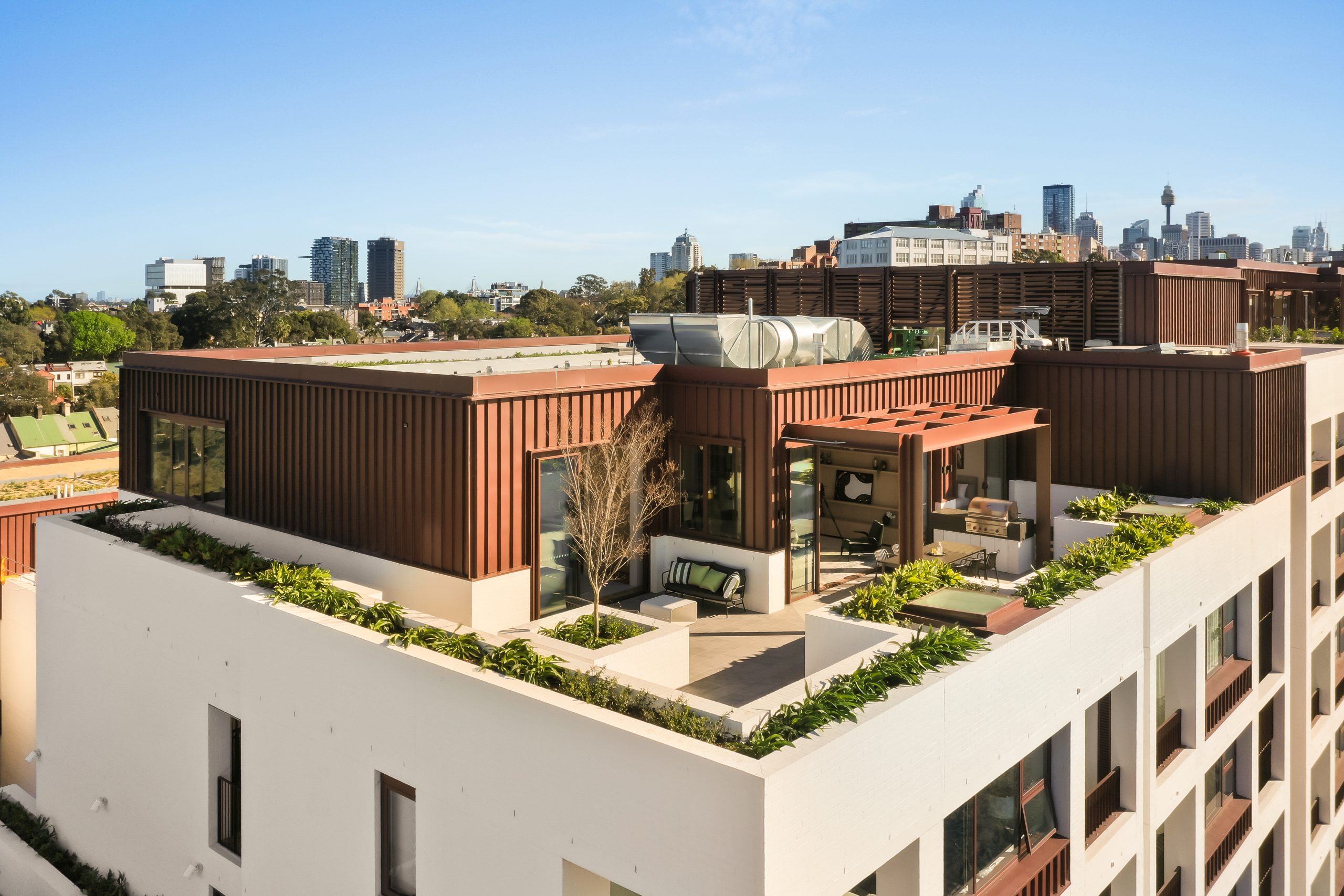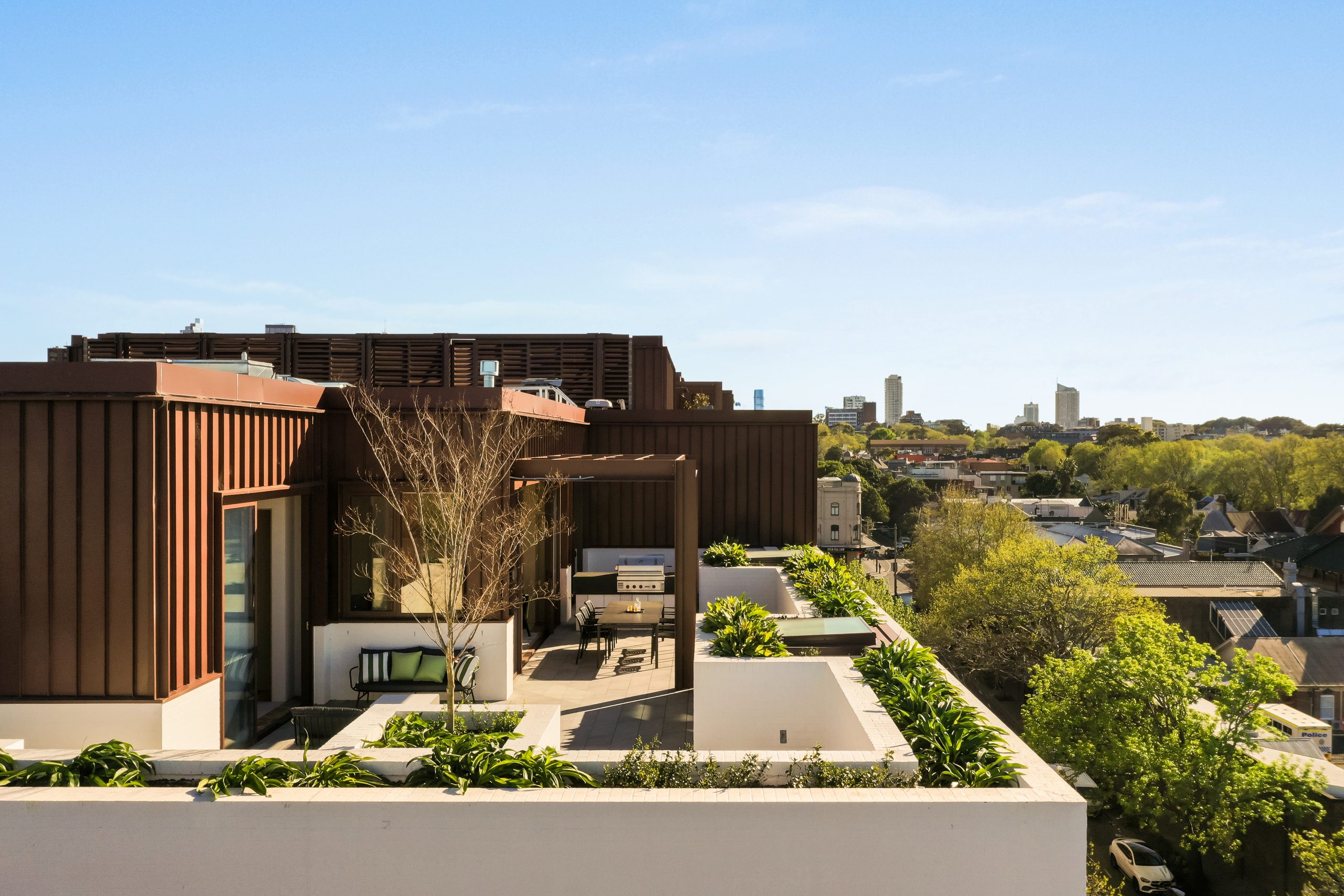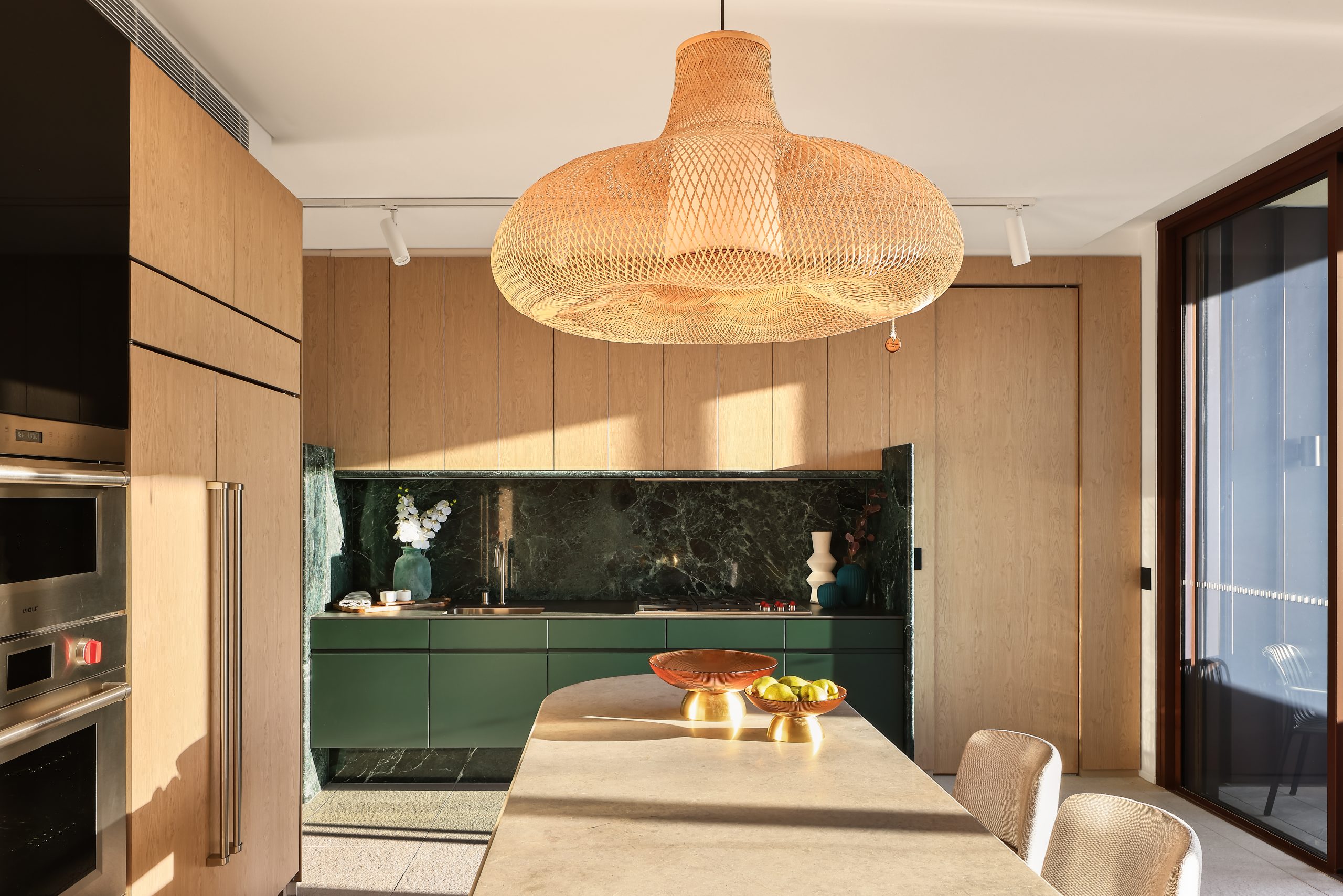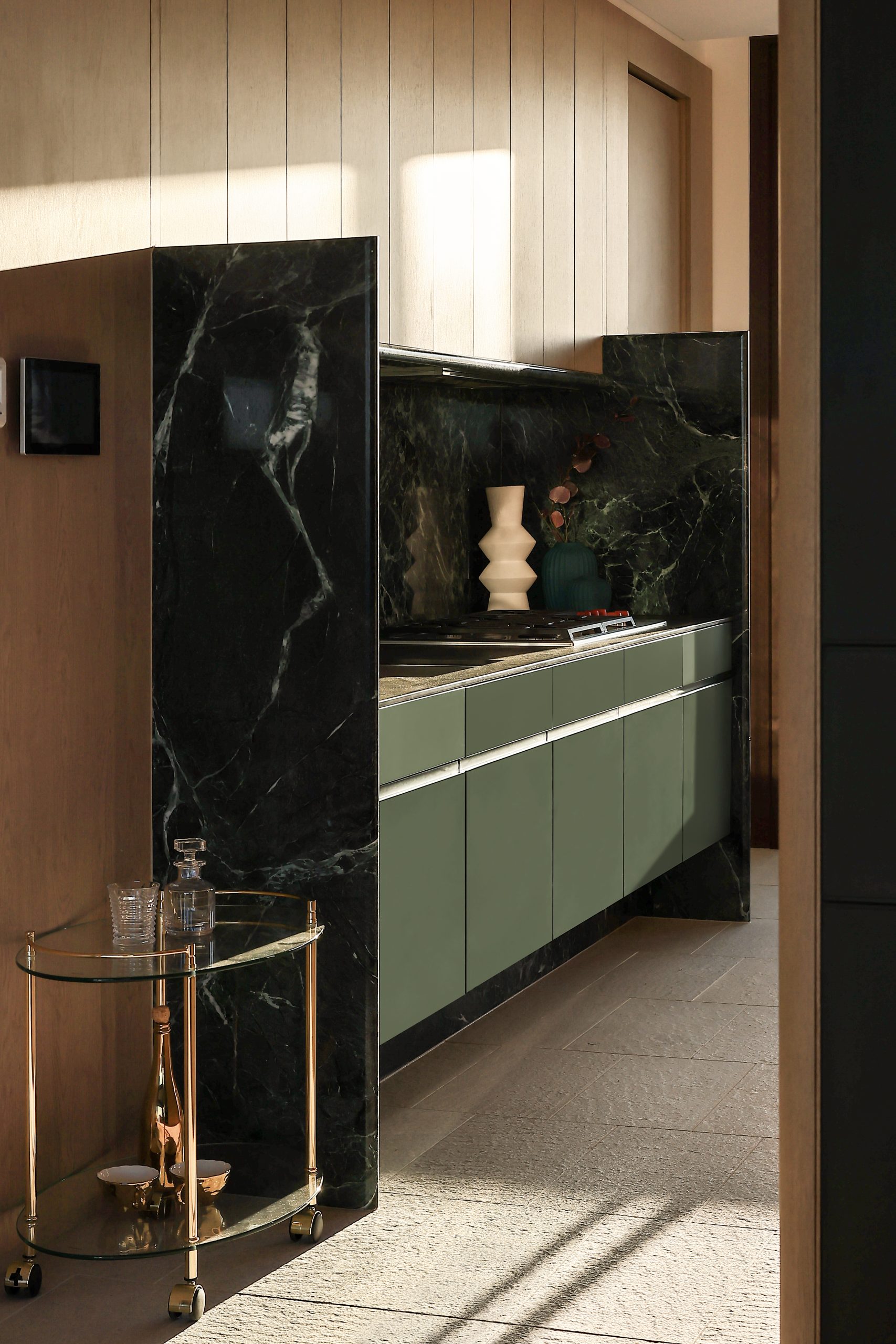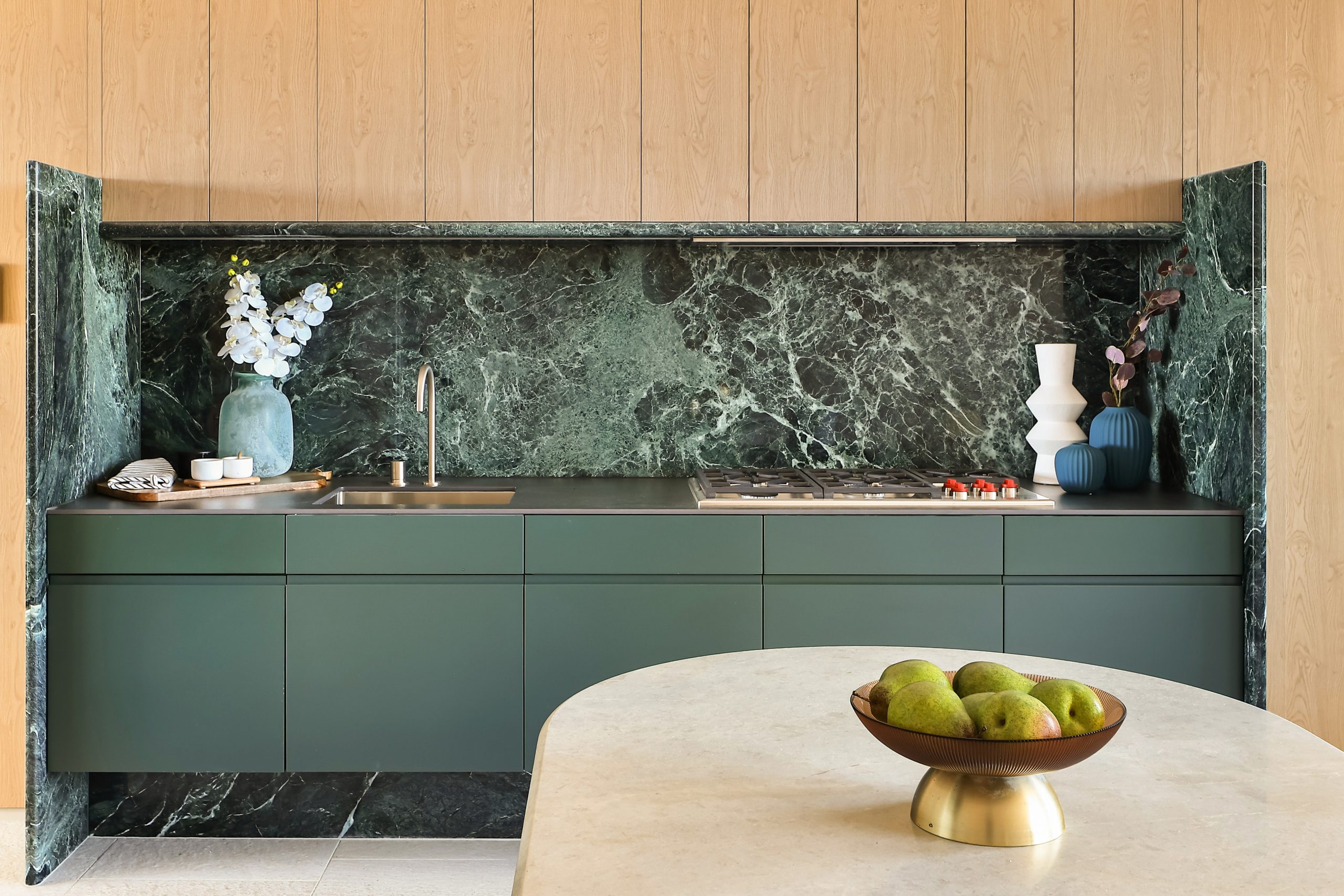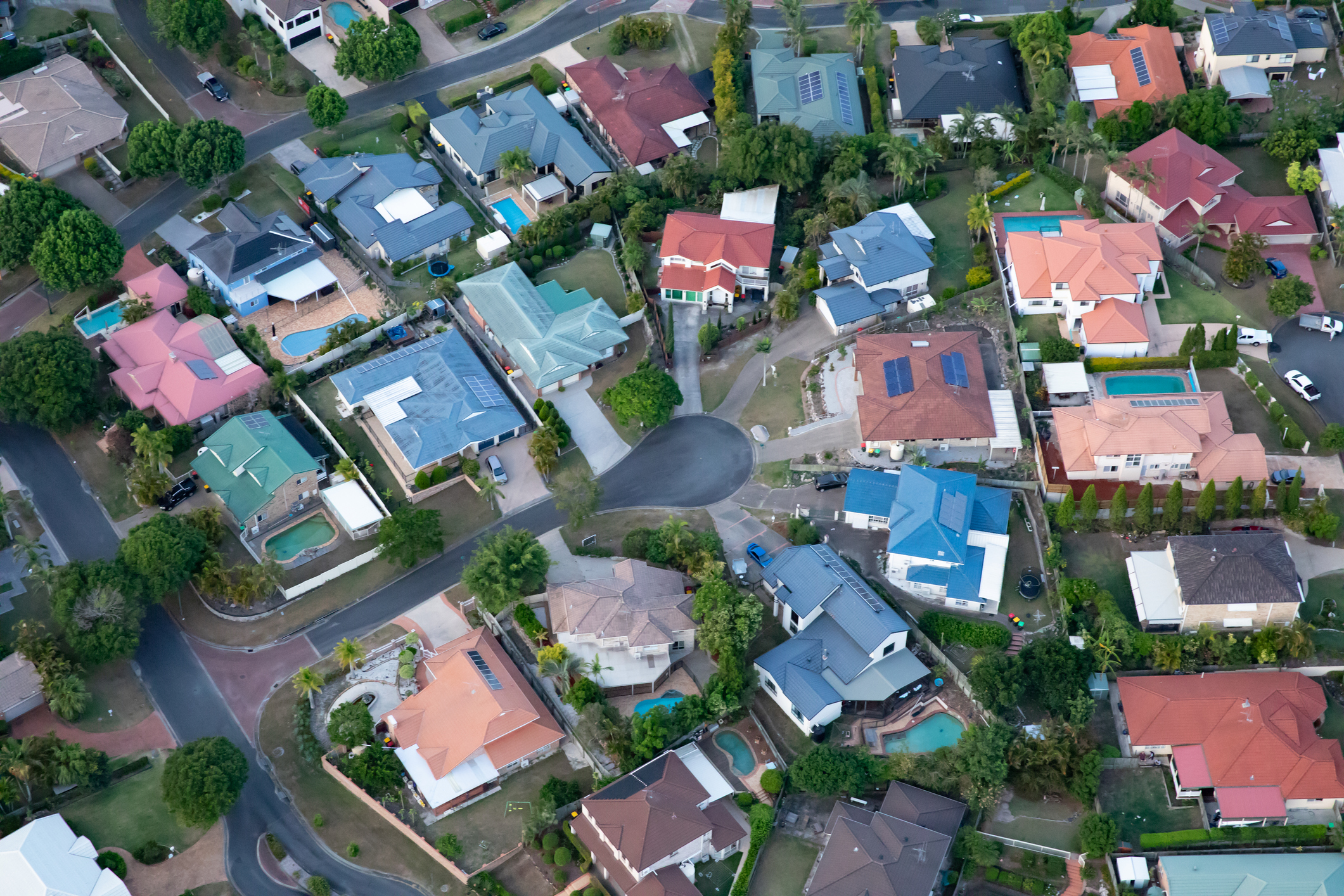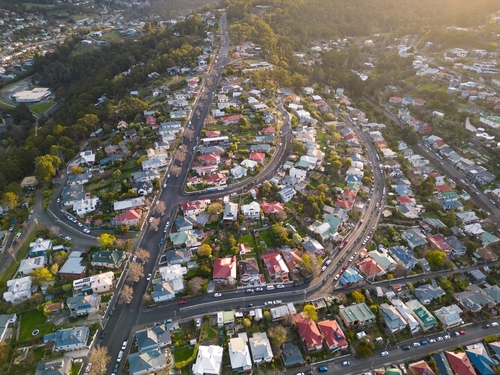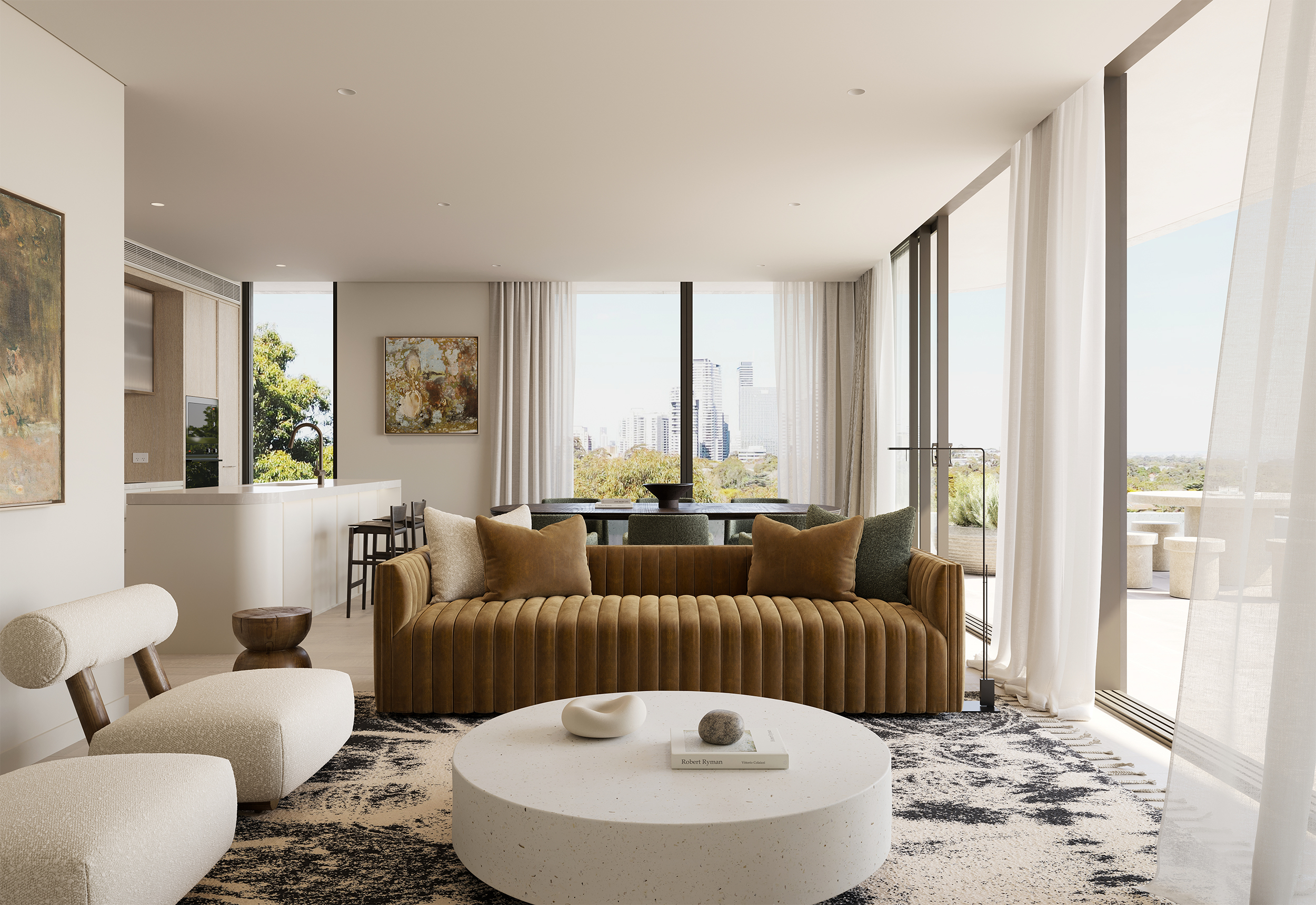The Australian home sector outperforming the rest
Pandemic fuelled renovations have only strengthened prices at this end of the market
Luxury houses have experienced a far stronger rate of capital growth than the rest of the market over the past 10 years, according to a historical analysis by Australia’s largest agency network, Ray White. Family houses at the median price point have increased by 78 percent in value over the past decade, while prestige houses priced within the top five percent of homes have doubled in value.
Ray White chief economist Nerida Conisbee said land was a large component of prestige homes’ value and this created stronger rates of capital growth.
“There are only so many properties you can build in our most expensive suburbs, which tend to be located close to beaches, bays and rivers,” Ms Conisbee said. “Anything with even more unique characteristics that are hard to replicate, such as a view or close proximity to the water, are likely to have increased even further.”
Strong renovation activity during and after the pandemic accelerated capital growth.
“Luxury homes have become even more expensive over time as more investment has taken place,” Ms Conisbee said. “And while it is not possible to measure, it is likely a higher proportion of well-located luxury homes have been renovated than the rest of the market and almost certainly true that more has been spent on them.”
Luxury apartments have also grown in value at a much higher rate than average units. Ms Conisbee said this indicated the rising popularity of apartment living among wealthy Australians. Developers are increasingly catering to this trend by producing high-quality lifestyle apartments with large floorplans, many luxurious inclusions and access to world-class amenities and services.
Ms Conisbee said prestige home values also had a higher rate of appreciation because Australia’s rich were getting richer.
“A recent report from Oxfam has found that the wealth of Australia’s richest people has increased at a rate of $1.5 million per hour since 2020,” she said. “A lot of this wealth has been invested in luxury homes around Australia.”
The most expensive homes in Australia
CoreLogic data shows the most expensive suburb in Australia for houses is Bellevue Hill in Sydney, with a median value of $9.73 million. Nearby Point Piper is the most expensive suburb for apartments with a median of $3.32 million. In 2023, Australia’s top five sales occurred in Bellevue Hill, nearby Vaucluse and Hawthorn in Melbourne, ranging from $39 million to $76 million.
In regional Australia, the most expensive suburbs are Sunshine Beach in Queensland with a median house price of $2.38 million, Gerroa in NSW ($2.34 million), Surfers Paradise in Queensland ($2.27 million), Burradoo in NSW ($2.25 million) and Noosa Heads in Queensland ($2.24 million).
During the pandemic, the highest capital growth was seen in the most desirable and expensive regional markets, as wealthy city dwellers bought large lifestyle homes and holiday residences in prime seachange and treechange areas. Last year, this trend reversed, with the greatest capital gains seen in more affordable regional coastal towns, according to a new CoreLogic report released today.
The report shows that 35% of Australia’s regional coastal markets had record-high median values at the end of 2023, despite rising interest rates and cost of living pressures. The study analysed 368 coastal markets located at least 50km from the nearest capital city to reveal the top 20 gainers. All of these suburbs had a median value well below $1 million and Western Australia dominated the list.
CoreLogic Research Director Tim Lawless said: “The performance of those with the largest gains and the highest growth rates are not the glamorous hot spots that rose to prominence during COVID. The past 12 months has seen markets that offer a combination of value and lifestyle attributes, such as commuting distance to a major city, great beaches, and quality housing at a more affordable price point, outperform more well-known areas.
“Suburbs in areas such as Western Australia and more northern regions of Queensland where it’s still possible to make a seachange for less than $1 million were the strongest performers last year. Although home values in these regions are mostly at record highs, they remain relatively affordable for seachangers selling out of more expensive metro markets.”
Highest annual capital gains in 2023 – regional coastal towns
Source: CoreLogic
This stylish family home combines a classic palette and finishes with a flexible floorplan
Just 55 minutes from Sydney, make this your creative getaway located in the majestic Hawkesbury region.
A Sydney site with a questionable past is reborn as a luxe residential environment ideal for indulging in dining out
Long-term Sydney residents always had handful of not-so-glamourous nicknames for the building on the corner of Cleveland and Baptist Streets straddling Redfern and Surry Hills, but after a modern rebirth that’s all changed.
Once known as “Murder Mall” or “Methadone Mall”, the 1960s-built Surry Hills Shopping Centre was a magnet for colourful characters and questionable behaviour. Today, however, a $500 million facelift of the site — alongside a slow and steady gentrification of the two neighbouring suburbs — the prime corner property has been transformed into a luxury apartment complex Surry Hills Village by developer Toga Group.
The crowning feature of the 122-apartment project is the three-bedroom penthouse, fully completed and just released to market with a $7.5 million price guide.
Measuring 211sqm of internal space, with a 136sqm terrace complete with landscaping, the penthouse is the brand new brainchild of Surry Hills local Adam Haddow, director of architecture at award-winning firm SJB.
Victoria Judge, senior associate and co-interior design lead at SJB says Surry Hills Village sets a new residential benchmark for the southern end of Surry Hills.
“The residential offering is well-appointed, confident, luxe and bohemian. Smart enough to know what makes good living, and cool enough to hold its own amongst design-centric Surry Hills.”
Allan Vidor, managing director of Toga Group, adds that the penthouse is the quintessential jewel in the crown of Surry Hills Village.
“Bringing together a distinct design that draws on the beauty and vibrancy of Sydney; grand spaces and the finest finishes across a significant footprint, located only a stone’s throw away from the exciting cultural hub of Crown St and Surry Hills.”
Created to maximise views of the city skyline and parkland, the top floor apartment has a practical layout including a wide private lobby leading to the main living room, a sleek kitchen featuring Pietra Verde marble and a concealed butler’s pantry Sub-Zero Wolf appliances, full-height Aspen elm joinery panels hiding storage throughout, flamed Saville stone flooring, a powder room, and two car spaces with a personal EV.
All three bedrooms have large wardrobes and ensuites with bathrooms fittings such as freestanding baths, artisan penny tiles, emerald marble surfaces and brushed-nickel accents.
Additional features of the entertainer’s home include leather-bound joinery doors opening to a full wet bar with Sub-Zero wine fridge and Sub-Zero Wolf barbecue.
The Surry Hills Village precinct will open in stages until autumn next year and once complete, Wunderlich Lane will be home to a collection of 25 restaurants and bars plus wellness and boutique retail. The EVE Hotel Sydney will open later in 2024, offering guests an immersive experience in the precinct’s art, culture, and culinary offerings.
The Surry Hills Village penthouse on Baptist is now finished and ready to move into with marketing through Toga Group and inquiries to 1800 554 556.
This stylish family home combines a classic palette and finishes with a flexible floorplan
Just 55 minutes from Sydney, make this your creative getaway located in the majestic Hawkesbury region.









